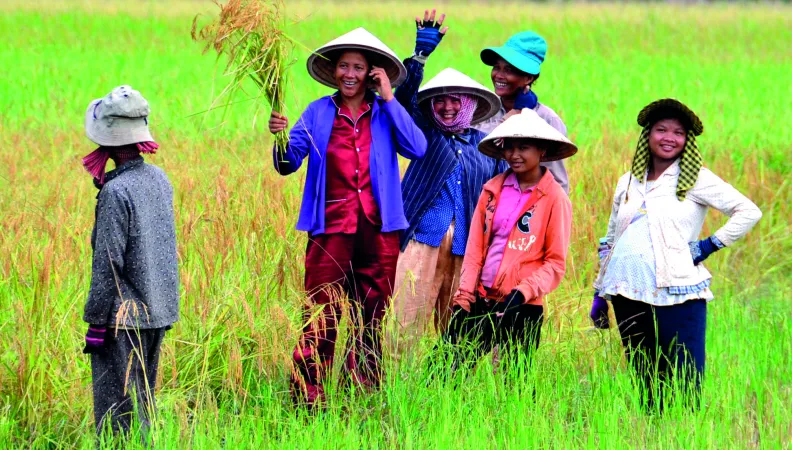Share the page
Multi-Stakeholder Partnership for the Sustainable Management of Protected Areas in the Indo-Burma Hotspot
Project


-
Project start date
-
Status
Completed
-
Estimated date of project termination
-
-
Project financing date
-
-
Financing duration
-
4 years
-
Type of program
-
FFEM
-
Global financing amount
-
€ 4 570 000
-
FFEM financing amount
-
€ 1 200 000
-
Project lead member institution(s)
-
AFD
-
Country and region
-
Myanmar (Burma)
-
Location
-
Naypyidaw
-
Type of financing
-
Beneficiaries
-
Wildlife Conservation Society (WCS)
-
Type of beneficiary
-
NGO, Foundation
Conserve biodiversity, maintain ecosystem services, and reduce local poverty in the Indo-Burma biodiversity hotspot, with the involvement of local communities and the private sector.
Context
The need for a comprehensive and integrated model for the sustainable management of protected areas in Southeast Asia—particularly in Myanmar, Laos, and Cambodia—has been clearly identified by governments, responsible private sector actors, and local community groups. This model must be financially viable and actively engage both local communities and the private sector.
This innovative project tackles four major, intrinsically linked challenges that are key contributors to the lack of effectiveness of protected areas in Cambodia, Myanmar, and Laos:
- The limited rights of local communities in the management of these areas;
- The lack of alternative income sources for these communities;
- The low level of private sector engagement in supporting protected areas;
- And the insufficient financial resources allocated to their long-term management.
Description
The project focuses its efforts on five landscapes of global importance for biodiversity conservation, including two protected areas recognized as national models for management: the Nam Et Phou Louey National Protected Area in Laos and the Thaninthayi Nature Reserve in Myanmar. It supports actions in five key thematic areas:
- Support to local communities in securing their rights to access and use natural resources, and in participating in the management of protected areas;
- Development of ecologically sustainable, income-generating activities, including eco-friendly agriculture and ecotourism;
- Establishment of innovative Public-Private Partnerships (PPPs) that directly benefit local populations and contribute to the conservation of forest ecosystems and biodiversity within and around the target landscapes;
- Support to authorities responsible for managing protected areas, in coordination with local communities and private sector actors;
- Contribution to the development of national and regional conservation policies.
Outcomes
- Ensure the protection of over one million hectares of forests and wetlands of global importance, safeguarding biodiversity, maintaining ecosystem services, and supporting local communities.
- Protect populations of more than 30 critically endangered animal species.
- Reduce poverty among over 2,000 households across 40 villages in Cambodia, Laos, and Myanmar by improving land and natural resource access and usage rights, introducing Payments for Ecosystem Services (PES), establishing community-based conservation enterprises, and promoting sustainable agriculture models.
- Mobilize over 5 million euros in funding for biodiversity conservation through partnerships with the private sector.
- At the national level in the three countries, the project will contribute to encouraging protected area policies to better incorporate the rights and responsibilities of local communities and ethnic minorities, and to ensuring sustainable financing for national protected area networks.
- As a result, the project’s synergy will help strengthen the responsible engagement of the private sector in both local development and environmental protection.


